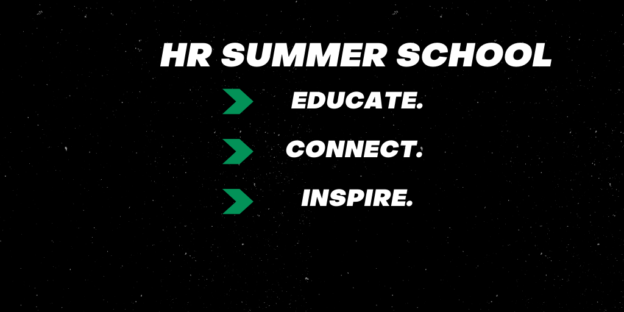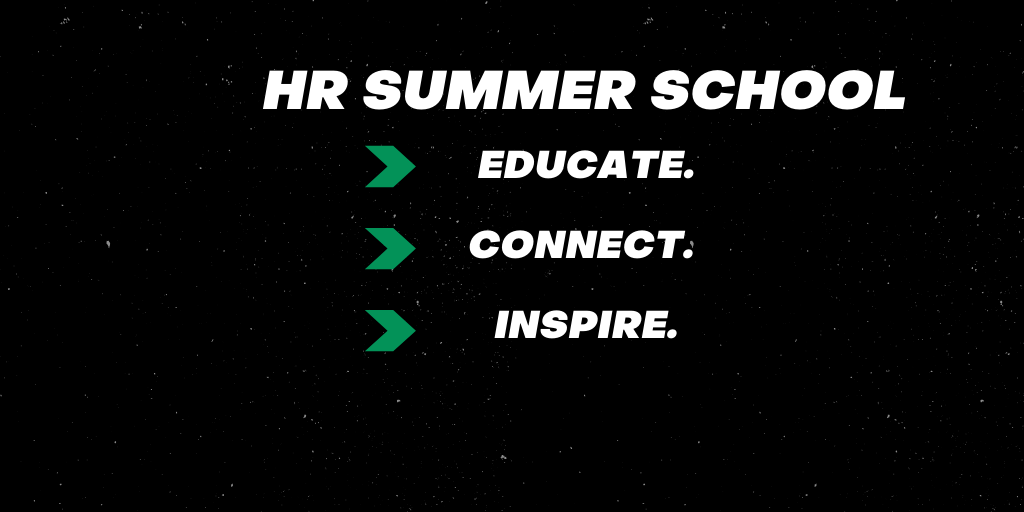This month is always an exciting one for me and the team. We’re gearing up for our major virtual event, HR Summer School, an event with millions of minutes watched since its launch in 2020.
The HRSS experience is always a powerful one. It all started in 2020 when I landed in California for a speaking event, turned on my phone, and the voicemail I had received from the event organizer was “Go home, California is closed for this COVID thing.”
I then had four or five weeks open up on my calendar where I was planning on traveling and speaking, and I wasn’t sure what to do. As I looked around me at so many friends who were furloughed, stuck at home, or just plain nervous about what the future held, I thought that I could help.
That first year was something wild.
- 20 hours of HR Summer School streamed live.
- No team other than my fearless wife Melanie helping to make it happen.
- My wonderful mistake of muting myself for the first two minutes of day one 😂
But it was worth it. Since then we’ve delivered 7.5 hours of FREE HRCI and SHRM credits every year to thousands of HR pros around the world. It’s informative. It’s inspiring. And it’s a chance for all of us to remember why we do HR and the value we bring.
The event is coming up soon. If you can’t make it live, we have a replay available. Sign up today!

